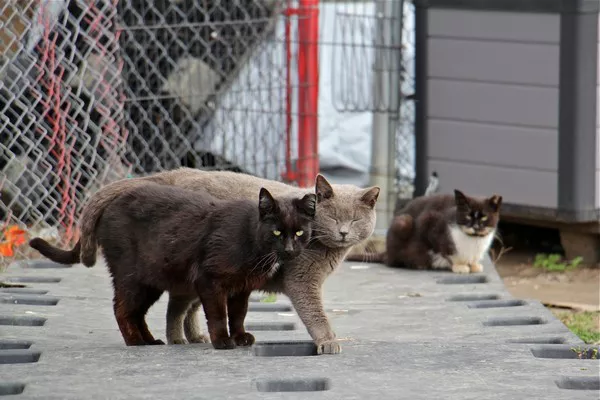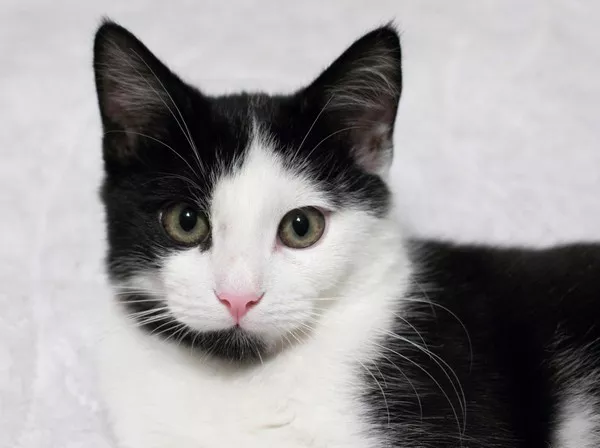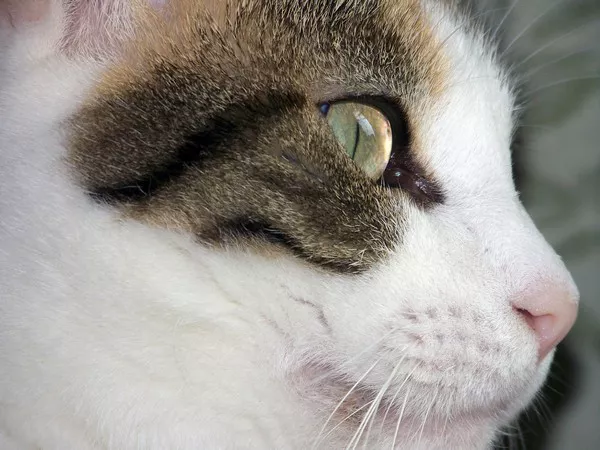Leaving your beloved feline friend in the care of someone else can be a daunting experience. Whether you’re going on a short trip or an extended vacation, ensuring that your cat receives the best possible care is essential for your peace of mind. To help you prepare for this, we’ve put together a detailed guide on what to tell your cat sitter. This guide will cover everything from daily routines and medical needs to emergency contacts and house rules.Understanding Your Cat’s Personality and Preferences
Cat’s Personality
Every cat has a unique personality. Some are social butterflies, while others are shy and reclusive. Start by giving your cat sitter an overview of your cat’s personality traits. Is your cat friendly and outgoing, or does it take time for them to warm up to new people? Does your cat enjoy being petted, or do they prefer their space? Understanding your cat’s personality will help the sitter interact with them appropriately.
Behavioral Quirks
Detail any behavioral quirks your cat may have. For example, does your cat have a habit of hiding under the bed when strangers are around? Do they get startled by loud noises? These insights will help your cat sitter manage and anticipate your cat’s behavior, ensuring they can provide the best care.
Favorite Spots and Hiding Places
Cats are creatures of habit and comfort. Let your sitter know your cat’s favorite spots around the house. Whether it’s a sunny windowsill, a cozy corner, or a particular piece of furniture, this information will help the sitter find your cat if they decide to hide.
Daily Care Routine
Feeding Schedule and Preferences
Provide a detailed feeding schedule, including the type and amount of food your cat consumes. Specify whether your cat has wet food, dry food, or a combination of both. If your cat has any dietary restrictions or preferences, make sure to mention them. Include instructions on where to find the food, bowls, and any necessary utensils.
Water Intake
Cats need access to fresh water at all times. Inform your sitter about your cat’s water habits. Some cats prefer drinking from a bowl, while others might use a water fountain. If your cat has a particular spot where they like to drink, such as the bathroom sink, let the sitter know.
Litter Box Maintenance
Explain the location of the litter boxes and how often they should be cleaned. Mention the type of litter you use and any specific cleaning procedures. If your cat has any special litter box habits, such as covering or not covering their waste, share this information as well.
Health and Medical Needs
Veterinarian Information
Provide your cat sitter with the contact information for your veterinarian, including the clinic’s address and phone number. It’s also a good idea to include the contact details of an emergency veterinary clinic, just in case your regular vet is unavailable.
Medical History and Current Medications
Detail your cat’s medical history, including any chronic conditions or past surgeries. List all current medications, including dosages and administration instructions. If your cat requires medication at specific times, create a clear schedule for the sitter to follow.
Signs of Illness
Educate your cat sitter on the signs of common feline illnesses. These can include vomiting, diarrhea, lethargy, loss of appetite, and changes in litter box habits. Provide instructions on what to do if any of these symptoms occur, including when to contact the vet.
Emergency Contacts and Procedures
Primary and Secondary Contacts
List primary and secondary contacts in case of an emergency. This could include a trusted neighbor, a friend, or a family member who knows your cat and can provide assistance if needed. Make sure these contacts are aware they are on the list and are willing to help.
Emergency Plan
Create a clear emergency plan outlining steps to take in various scenarios. This could include medical emergencies, natural disasters, or sudden changes in your cat’s behavior. Having a plan in place will help your sitter respond quickly and effectively in any situation.
Safety Precautions
Highlight any safety precautions your sitter should take to keep your cat safe. This could include securing doors and windows, keeping harmful substances out of reach, and monitoring your cat’s interactions with other pets or children.
Household Rules and Preferences
Allowed and Prohibited Areas
Specify which areas of the house your cat is allowed to access and which are off-limits. This helps prevent any unwanted behavior and keeps your cat safe. If there are rooms that should remain closed, make sure the sitter knows to keep them shut.
Furniture and Scratching Posts
Inform your sitter about your cat’s scratching habits. If your cat uses scratching posts or pads, let the sitter know where they are located. If there are pieces of furniture your cat likes to scratch, provide guidance on how to discourage this behavior.
Interaction with Other Pets
If you have other pets, explain how they interact with your cat. Some cats get along well with other animals, while others may need to be kept separate. Provide instructions on how to manage these interactions to ensure a peaceful household.
See Also: How Much Time Should a Cat Sitter Spend with a Cat?
Playtime and Enrichment
Favorite Toys and Activities
Describe your cat’s favorite toys and activities. Whether it’s chasing a feather wand, batting at a laser pointer, or playing with a particular stuffed animal, this information will help the sitter engage your cat in enjoyable playtime.
Exercise Needs
Cats need regular exercise to stay healthy and happy. Provide a routine that includes daily play sessions. This is especially important for indoor cats who might not get enough physical activity otherwise. If your cat enjoys climbing or using a cat tree, mention this as well.
Mental Stimulation
Mental stimulation is just as important as physical exercise. Suggest activities that can keep your cat’s mind active, such as puzzle feeders, treat-dispensing toys, or interactive games. This will help prevent boredom and related behavioral issues.
Special Instructions
Grooming Needs
If your cat requires regular grooming, such as brushing or nail trimming, provide detailed instructions. Include the tools needed and any techniques that work best. If your cat is prone to matting or shedding, make sure the sitter is aware of how to manage this.
Socialization and Comfort
Some cats may experience anxiety or stress when their owner is away. Provide tips on how to comfort and socialize with your cat. This might include spending extra time with them, using calming sprays or diffusers, or playing soothing music.
Travel and Outdoor Adventures
If your cat is used to traveling or going on outdoor adventures, explain how to safely manage these activities. Include instructions on using a harness and leash, traveling in a carrier, or supervising outdoor time in a secure environment.
Documentation and Checklists
Daily Checklists
Create daily checklists for the sitter to follow. This can include feeding times, litter box cleaning, playtime, and any other routine tasks. Checklists help ensure that nothing is forgotten and provide a clear structure for the sitter.
Important Documents
Compile all important documents in one place. This can include your cat’s medical records, vaccination history, microchip information, and any other relevant paperwork. Make sure the sitter knows where to find these documents in case they are needed.
Key Locations
Map out key locations in your home, such as where food and supplies are stored, the location of litter boxes, and where to find cleaning supplies. Providing a map or list of these locations will make it easier for the sitter to navigate your home.
Communicating with Your Cat Sitter
Initial Meeting
Arrange an initial meeting between your cat sitter and your cat. This allows them to get acquainted and helps your cat become familiar with the sitter’s presence. Use this time to walk through your home, show where everything is, and discuss any special instructions.
Regular Updates
Request regular updates from the sitter while you’re away. This can include daily text messages, photos, or even video calls. Regular communication will reassure you that your cat is being well cared for and allow you to address any concerns promptly.
Feedback and Questions
Encourage your sitter to ask questions and provide feedback. Open communication ensures that any issues can be resolved quickly and that your cat receives the best possible care. Make sure the sitter knows they can reach out to you at any time if they need assistance.
Post-Trip Debrief
Reviewing the Experience
After your trip, review the experience with your cat sitter. Discuss what went well and any challenges they faced. This feedback will help you improve future instructions and ensure your cat’s needs are met even more effectively next time.
Thanking Your Cat Sitter
Show your appreciation for your cat sitter’s hard work and dedication. A small gift or a thank-you note can go a long way in expressing your gratitude. A happy and appreciated sitter is more likely to provide excellent care for your cat in the future.
Updating Instructions
Based on the feedback from your sitter and your own observations, update your instructions as needed. This can include adjusting feeding schedules, adding new emergency contacts, or refining playtime routines. Keeping your instructions current ensures your cat always receives the best care.
Conclusion
Preparing for your cat sitter is an essential part of ensuring your feline friend’s well-being while you’re away. By providing detailed instructions, clear communication, and the necessary tools, you can help your cat sitter provide the best care possible. This comprehensive guide covers everything from understanding your cat’s personality to emergency procedures, helping you create a safe and comfortable environment for your cat in your absence. With the right preparation, you can enjoy your time away knowing that your beloved pet is in good hands.





















